Home>Furniture>Outdoor Furniture>How Wide Are Decking Boards
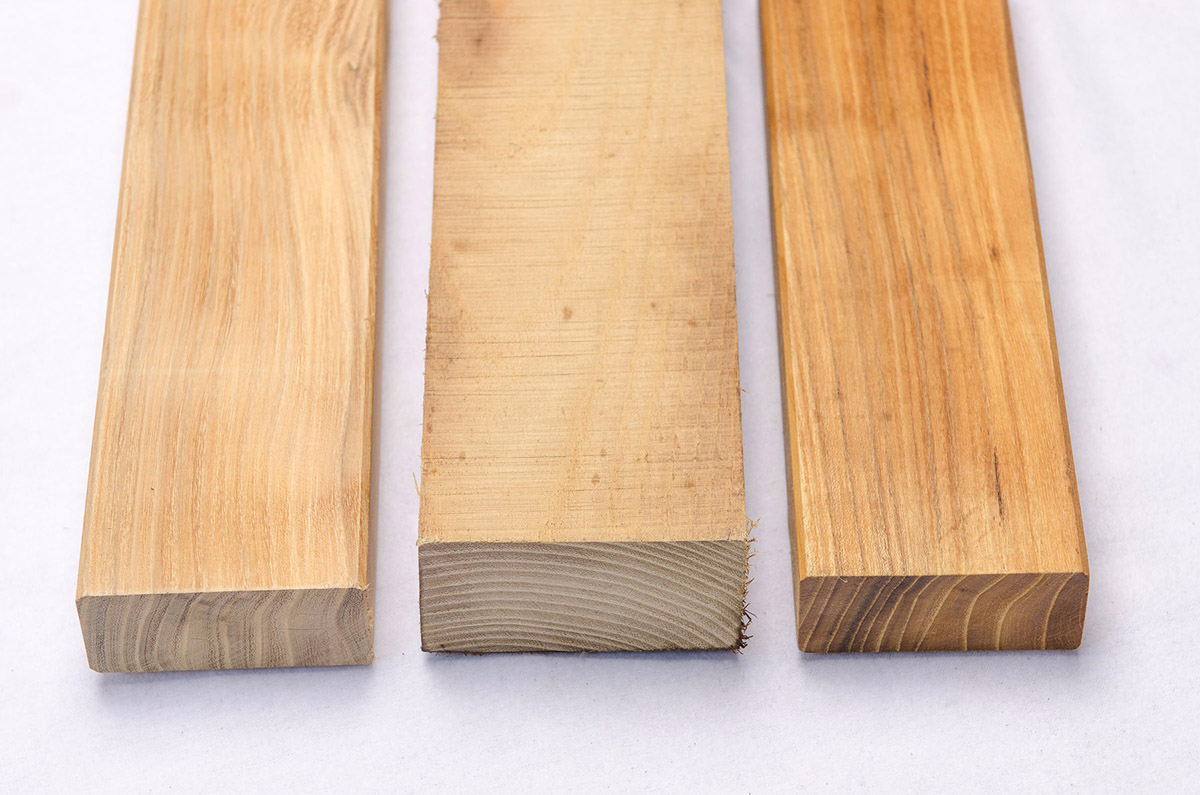

Outdoor Furniture
How Wide Are Decking Boards
Modified: March 7, 2024
Shop a variety of high-quality outdoor furniture and find the perfect decking boards to create your dream outdoor space. Wide selection and durable options available.
(Many of the links in this article redirect to a specific reviewed product. Your purchase of these products through affiliate links helps to generate commission for Storables.com, at no extra cost. Learn more)
Introduction
When it comes to creating a beautiful and functional outdoor space, choosing the right decking boards is crucial. Not only do decking boards provide the foundation for your deck, but they also play a significant role in the overall aesthetics and usability of your outdoor area. One important aspect to consider when selecting decking boards is their width.
The width of decking boards can impact the visual appeal, stability, and maintenance requirements of your deck. To ensure you make an informed decision, it’s important to understand the factors to consider and the available options for width.
In this article, we will explore the various factors that influence the width of decking boards and the standard widths available in the market. We will also delve into the pros and cons of wide and narrow decking boards, helping you choose the perfect width for your deck.
So, let’s dive in and discover how wide decking boards can transform your outdoor living space!
Key Takeaways:
- Wide decking boards offer a modern, sleek look and better stability, but they may cost more and require more maintenance due to their larger surface area.
- Narrow decking boards bring a traditional charm, are easier to maintain, and are cost-effective, but may have less weight-bearing capacity and create a less bold impression.
Read more: How Wide Are Trex Decking Boards
Factors to Consider
Before deciding on the width of your decking boards, it’s important to take several factors into consideration. By doing so, you can ensure that you choose the most suitable width for your specific needs and preferences. Here are some key factors to keep in mind:
- Aesthetics: The width of your decking boards can significantly impact the overall appearance of your deck. Wide boards can create a more contemporary and visually appealing look, while narrow boards can add a traditional and rustic charm to your outdoor space.
- Functionality: Consider how you plan to use your deck. If you anticipate heavy foot traffic or plan to entertain frequently, wider boards can provide a more stable and durable surface.
- Budget: The width of decking boards can also affect the overall cost of your project. Generally, wider boards tend to be more expensive than narrower ones. Calculate your budget and determine if wide boards are within your financial means.
- Maintenance: Narrower boards can be easier to clean and maintain since they have less surface area. If you prefer a low-maintenance deck, narrower boards might be a better option for you.
- Climate: Consider the climate conditions in your area. Wide boards may expand and contract more significantly with temperature fluctuations. If you live in an area with extreme weather conditions, narrower boards may be more suitable as they are less prone to warping or cupping.
- Installation: The width of the decking boards can affect the installation process. Wide boards may require additional framing and support to maintain structural integrity.
By considering these factors and weighing the pros and cons, you can make an informed decision about the width of your decking boards, ensuring that they not only enhance the aesthetics but also meet your functional requirements.
Standard Widths of Decking Boards
Decking boards come in a variety of widths, and understanding the standard options available can help guide your decision-making process. While specific widths may vary between manufacturers, there are some common standard widths for decking boards. Here are the most prevalent options:
- 1. 90mm (3.5 inches): This is one of the narrower options available for decking boards. It is commonly used for projects that aim for a more traditional or rustic appearance. Narrower boards like this can provide a classic and elegant look to your deck.
- 2. 120mm (4.7 inches): This width is a popular choice for decking boards and offers a balance between aesthetics and functionality. It provides a wider surface area, making it suitable for moderate foot traffic and outdoor activities.
- 3. 140mm (5.5 inches): This width is considered a standard size for decking boards and is commonly used for a variety of deck designs. It offers a wider surface area, making it ideal for decks that receive heavy foot traffic or require more stability and durability.
- 4. 180mm (7 inches) and wider: Wide decking boards are becoming increasingly popular among homeowners due to their attractive and modern look. These wider boards create a sleek and contemporary appearance, perfect for creating a stylish outdoor space.
It’s important to note that these are just standard widths, and there may be additional options available depending on the manufacturer. Additionally, composite and PVC decking boards often come in different widths compared to traditional wood decking. Consider exploring the available options and consulting with a professional to determine the best width for your specific project.
Now that we have discussed the standard options, let’s dive into the pros and cons of wide and narrow decking boards to help you make a more informed decision.
Wide Decking Boards
Wide decking boards, typically ranging from 180mm (7 inches) and wider, have gained popularity in recent years for their modern and visually striking appeal. Here are some advantages and considerations when opting for wide decking boards:
- Enhanced Aesthetics: Wide boards create a sleek and contemporary look, adding a touch of sophistication to your outdoor space. They provide a visually impressive appearance and can make a bold design statement.
- Stability and Durability: Wide decking boards offer increased stability due to their wider surface area. This makes them ideal for high-traffic areas or when higher weight loads are expected. They can withstand more foot traffic and distribute weight more evenly, reducing the risk of stress points and potential damage.
- Easier Installation: Due to their width, fewer boards are needed to cover a given area, resulting in quicker and easier installation. Fewer seams between boards also mean fewer opportunities for water penetration, enhancing the overall waterproofing of your deck.
- However, it’s important to consider the following:
- Cost: Wide decking boards generally cost more than narrower options. If you’re on a tight budget, they may not be the most economical choice.
- Expansion and Contraction: Wide boards have a greater tendency to expand and contract with temperature and humidity changes, which can result in visible gaps or warping over time. Proper installation techniques and regular maintenance are crucial to minimize these effects.
- Maintenance: The wider surface area of these boards can make maintenance, such as cleaning, more labor-intensive. Regular maintenance, including sealing and treating, is essential to keep wide decking boards in optimal condition.
Wide decking boards can elevate the overall look and functionality of your outdoor space. Keep these advantages and considerations in mind when deciding if wide boards are the right choice for your deck.
When choosing decking boards, consider the width that best suits your needs. Standard decking boards are typically 5.5 inches wide, but wider boards (up to 8 inches) can provide a more substantial look and feel to your deck. Keep in mind that wider boards may also be more prone to warping over time.
Narrow Decking Boards
While wide decking boards offer a contemporary and bold aesthetic, narrow decking boards have their own unique charm and advantages. Here are some considerations and benefits of using narrow decking boards:
- Traditional Appeal: Narrow boards, typically around 90mm (3.5 inches) to 120mm (4.7 inches) in width, are often chosen to achieve a more traditional or rustic look. They can add a classic and timeless touch to your deck design.
- Ease of Maintenance: The narrower width means less surface area to clean and maintain. This can save you time and effort when it comes to regular deck maintenance. Narrow boards are also easier to access for spot cleaning or repairs.
- Lower Cost: Narrow decking boards are generally less expensive than wider options. If you are working with a limited budget or have a large area to cover, using narrow boards can be a cost-effective solution.
- Less Expansion and Contraction: Narrow boards have a smaller surface area, resulting in less expansion and contraction due to temperature and humidity changes. This can reduce the likelihood of visible gaps or warping over time, making them a more stable choice for variable climates.
- However, it’s important to consider the following:
- Reduced Stability: The narrower width of these boards may not provide the same level of stability and weight-bearing capacity as wider boards. If you anticipate heavy foot traffic or plan to place heavy furniture on your deck, narrow boards may not be the most suitable option.
- Aesthetics: While narrow boards offer a traditional appeal, they may not achieve the same level of visual impact as wide boards. Consider your desired aesthetic and the overall style of your outdoor space when deciding on the width of your decking boards.
Narrow decking boards can bring a charming and timeless look to your deck, while also offering maintenance advantages and cost savings. Evaluate your specific needs and preferences to determine if narrow boards are the right fit for your project.
Read more: How Wide Are Deck Stairs
Choosing the Right Width for Your Deck
Choosing the right width for your decking boards ultimately comes down to considering your specific needs, preferences, and the factors we’ve discussed. Here are some guidelines to help you make an informed decision:
- Consider Your Style: Think about the overall aesthetic you want to achieve. If you prefer a contemporary and bold look, wide boards may be the best choice. If you lean towards a more traditional or rustic style, narrow boards can help you achieve that desired look.
- Evaluate Functionality: Assess how you plan to use your deck. If you anticipate heavy foot traffic, plan to entertain often, or need a sturdy surface for furniture, wider boards will provide better stability and durability. For lighter use or smaller deck areas, narrow boards may suffice.
- Balance Budget and Value: Consider your budget and the overall value you prioritize. Wide boards generally come at a higher cost, but they can enhance the visual appeal and long-term durability of your deck. If budget is a concern, narrow boards can be a cost-effective option without compromising on quality.
- Factor in Maintenance: Evaluate your willingness to invest time and effort into deck maintenance. Wide boards have a larger surface area to clean and may require more maintenance over time. Narrow boards, on the other hand, can be easier to maintain due to their smaller size.
- Account for Climate: Take into account the climate conditions in your area. Wide boards may be more prone to expansion and contraction, which can potentially lead to warping or gaps. In extreme climates, narrower boards may be a more stable option.
- Consult with Professionals: If you’re unsure about the best width for your deck, consult with decking professionals or contractors who can provide expert advice based on your specific circumstances. They have experience and knowledge in selecting the right decking boards and can assist you in making the best choice.
Remember, there is no one-size-fits-all solution when it comes to choosing the width of your decking boards. Consider your unique requirements, style preferences, and budget to make the best decision for your outdoor space.
Conclusion
Choosing the right width for your decking boards is an important decision that can greatly impact the overall look, functionality, and maintenance of your outdoor space. Whether you opt for wide or narrow boards, each option has its own advantages and considerations.
If you’re aiming for a contemporary and visually striking deck, wide boards can provide a sleek and modern look. They offer enhanced stability and durability, making them ideal for high-traffic areas. However, they may come at a higher cost and require more maintenance.
On the other hand, if you prefer a traditional or rustic aesthetic, narrow boards can bring a timeless charm to your deck. They are easier to maintain and more cost-effective, but they may have less weight-bearing capacity and may not create as bold an impression as wide boards.
When selecting your decking board width, consider factors such as aesthetics, functionality, budget, maintenance, climate, and expert advice. Assess your specific needs and preferences to determine the perfect width that aligns with your vision for your outdoor space.
Ultimately, the right width for your decking boards will create an inviting and beautiful deck that enhances your outdoor living experience. So take your time, weigh the options, and make an informed decision that suits your style and practical requirements.
By considering all these factors, you’ll be well on your way to creating a stunning deck that not only adds value to your home but also becomes a cherished space for relaxation, entertainment, and making lasting memories.
Frequently Asked Questions about How Wide Are Decking Boards
Was this page helpful?
At Storables.com, we guarantee accurate and reliable information. Our content, validated by Expert Board Contributors, is crafted following stringent Editorial Policies. We're committed to providing you with well-researched, expert-backed insights for all your informational needs.
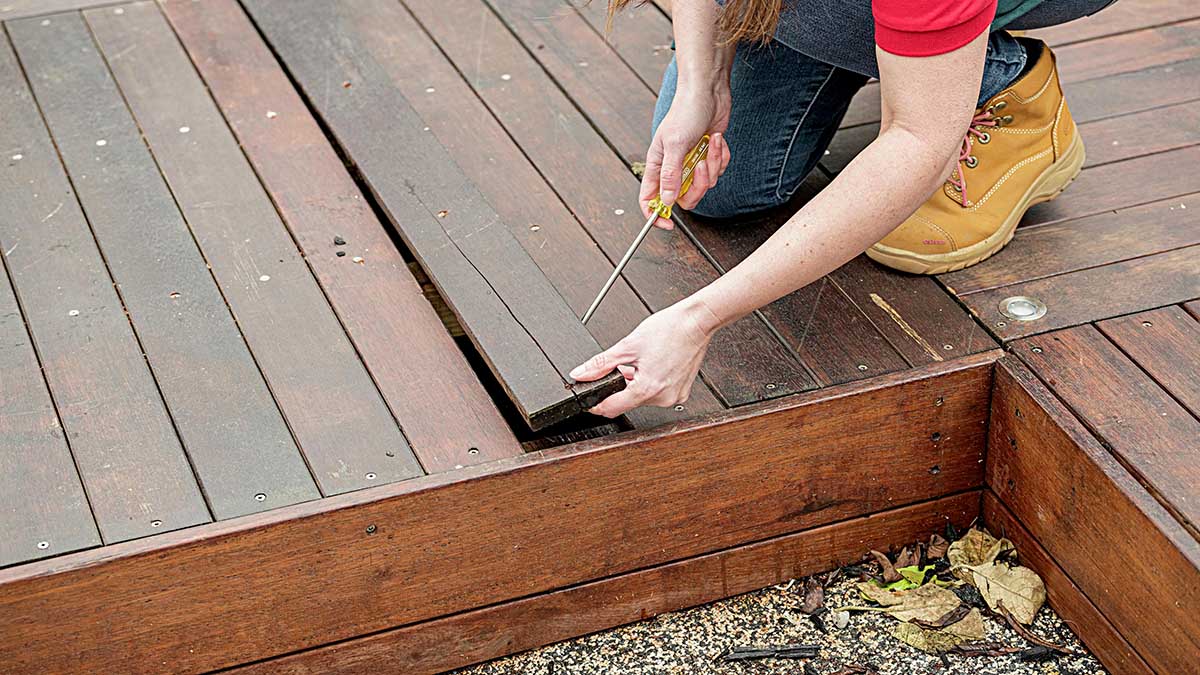

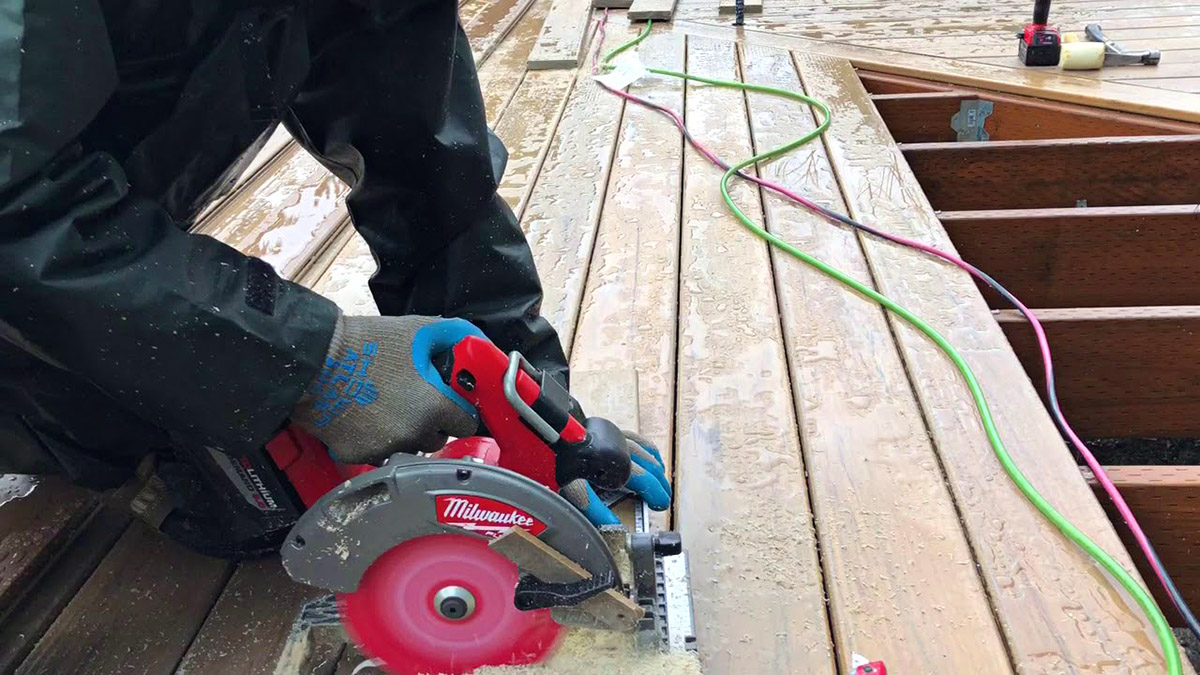
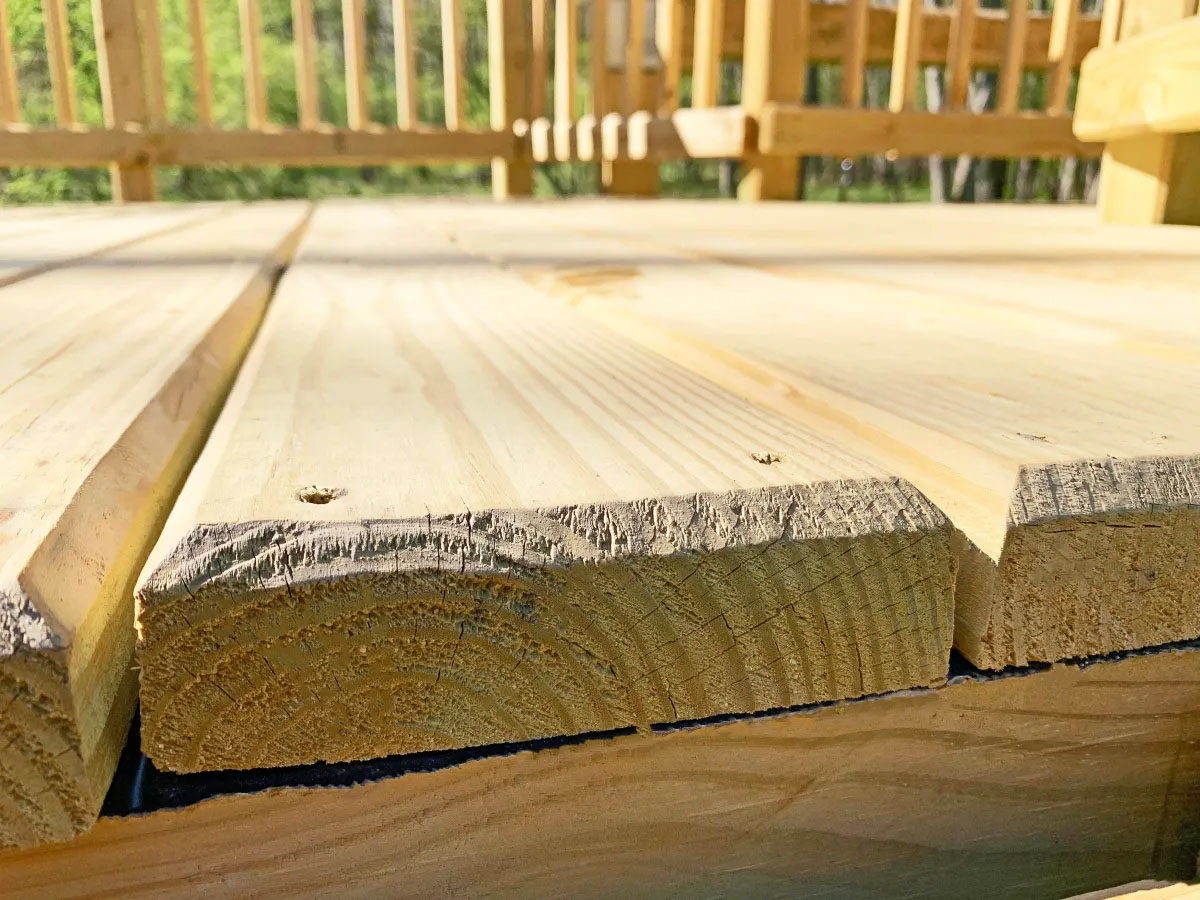
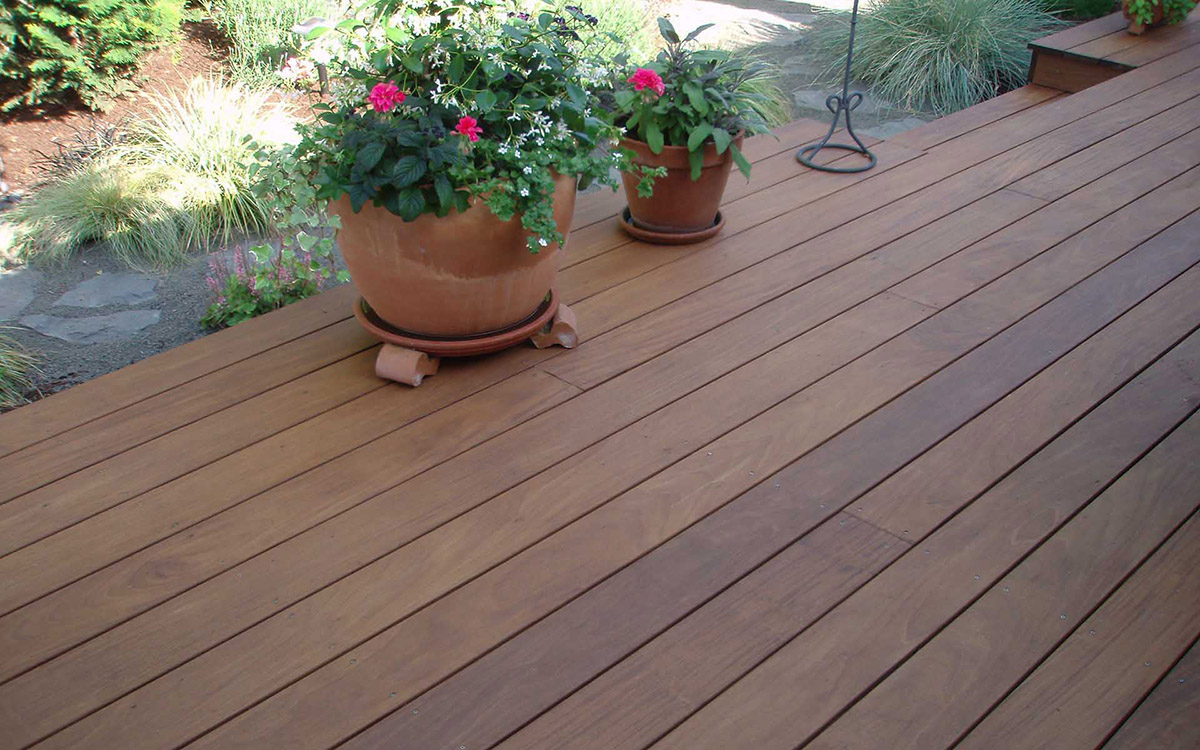

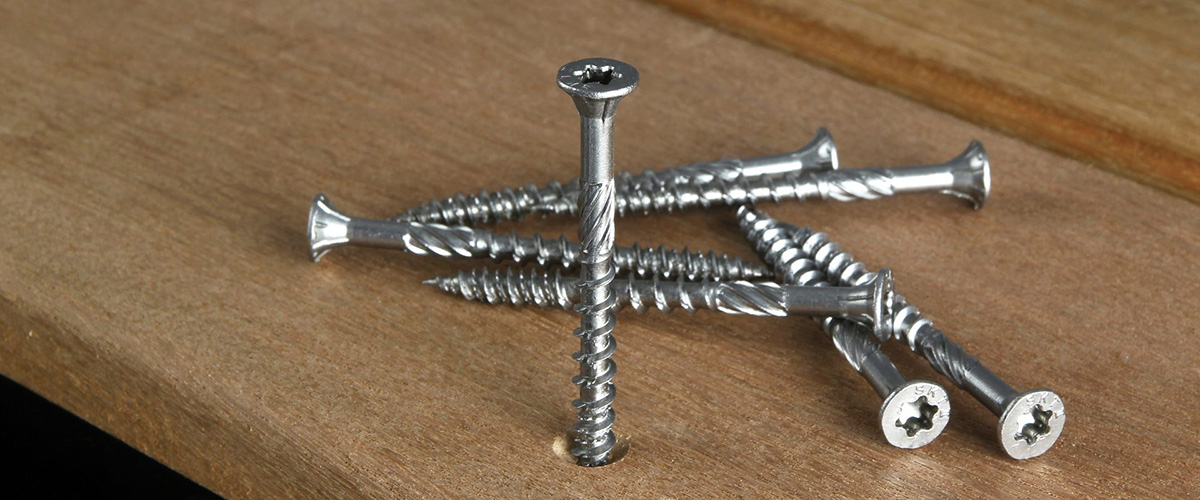
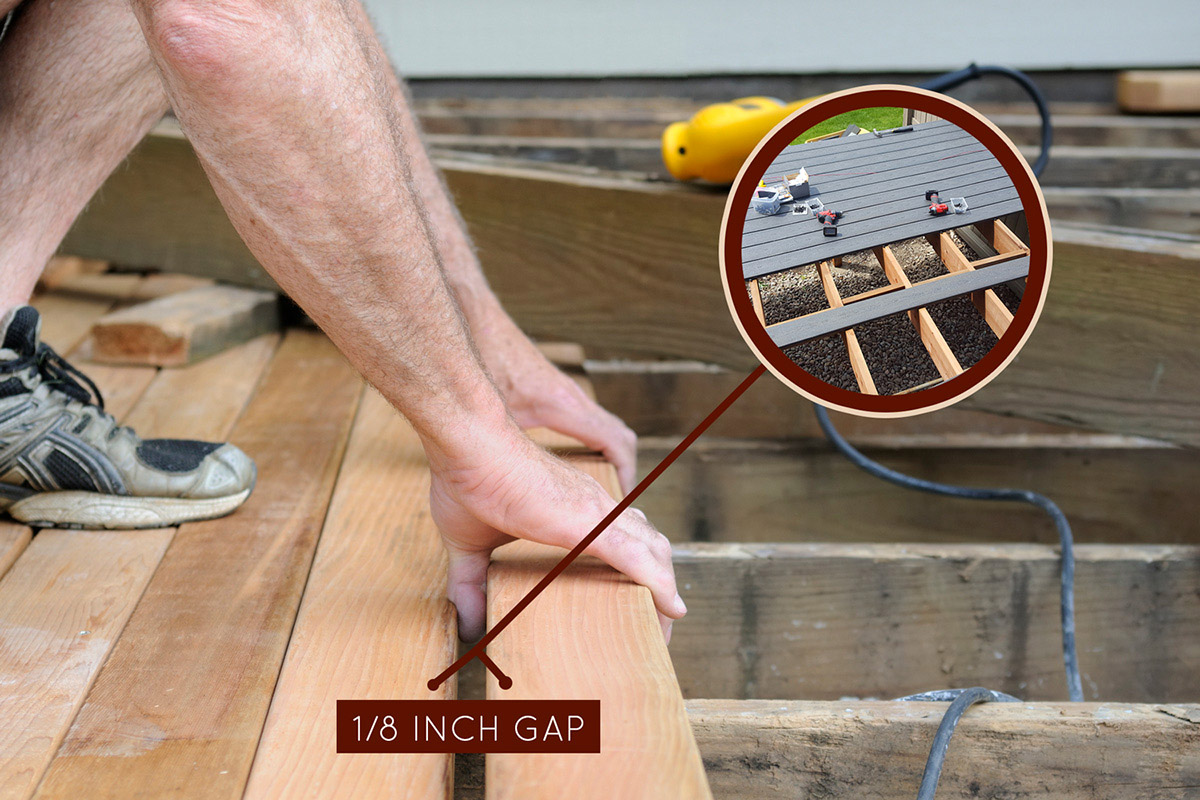
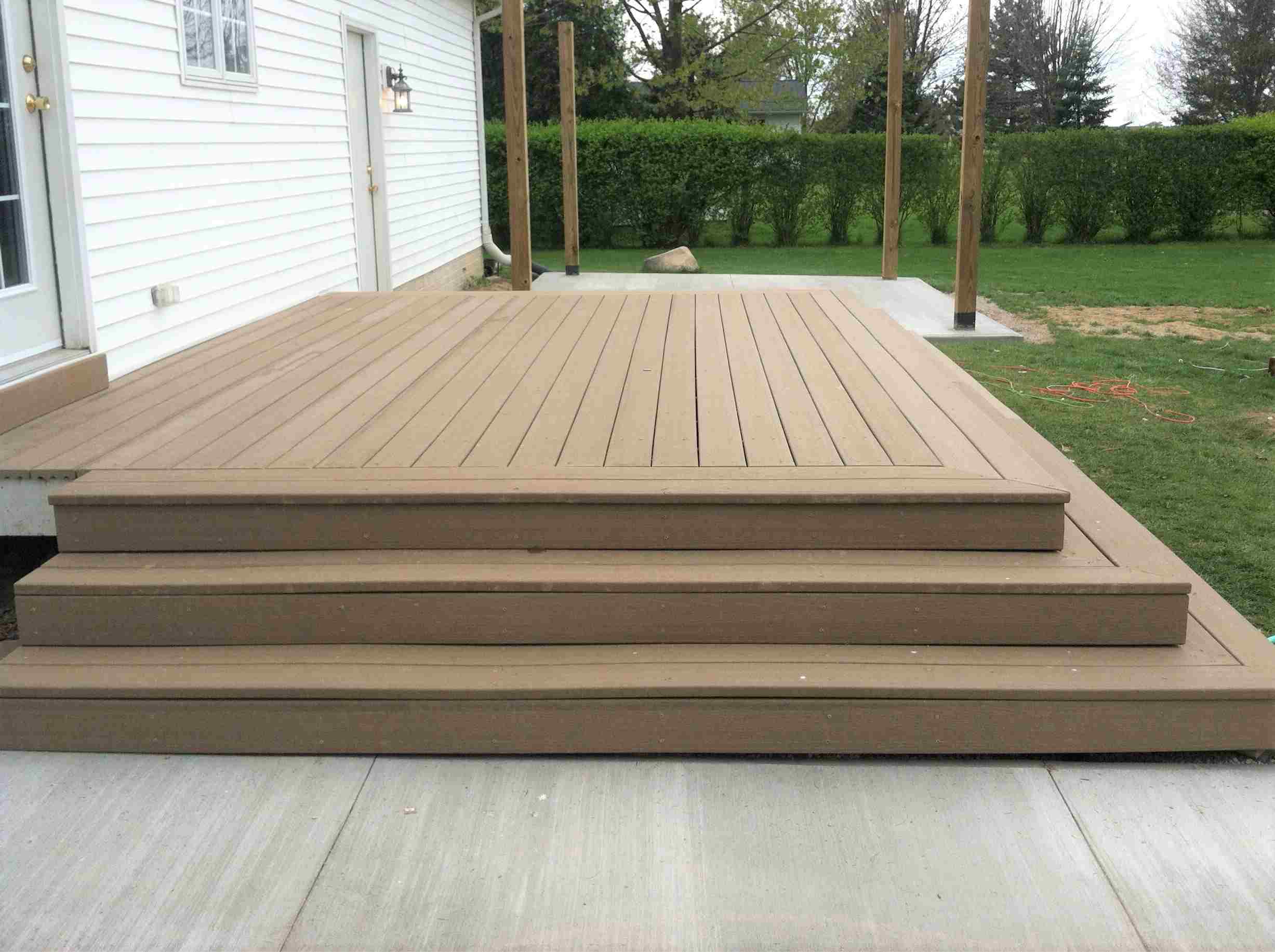
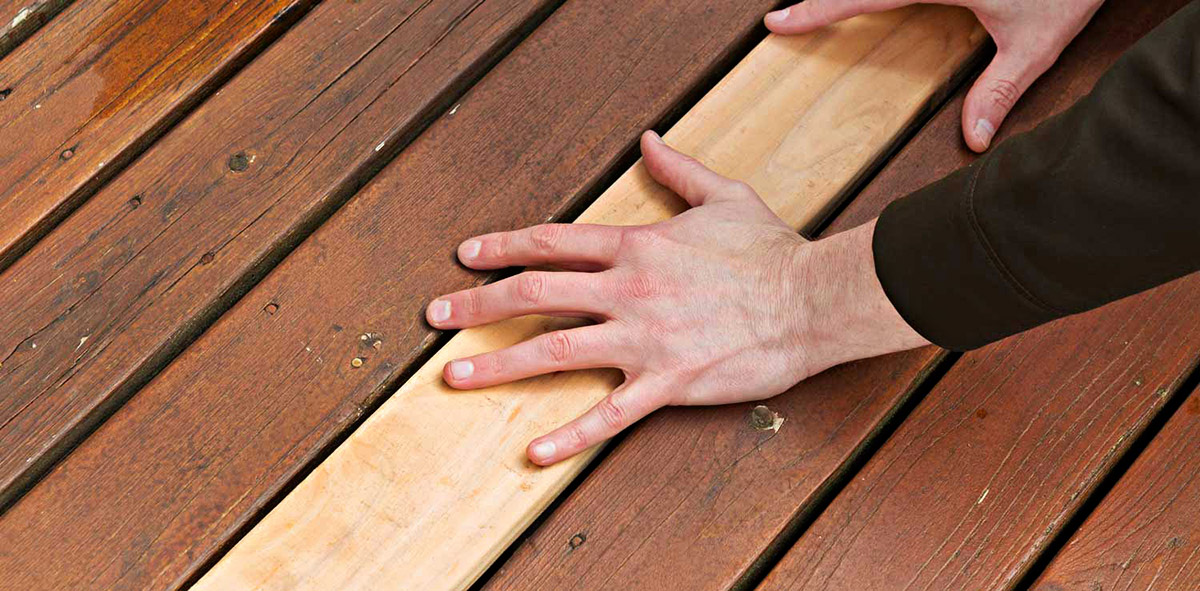
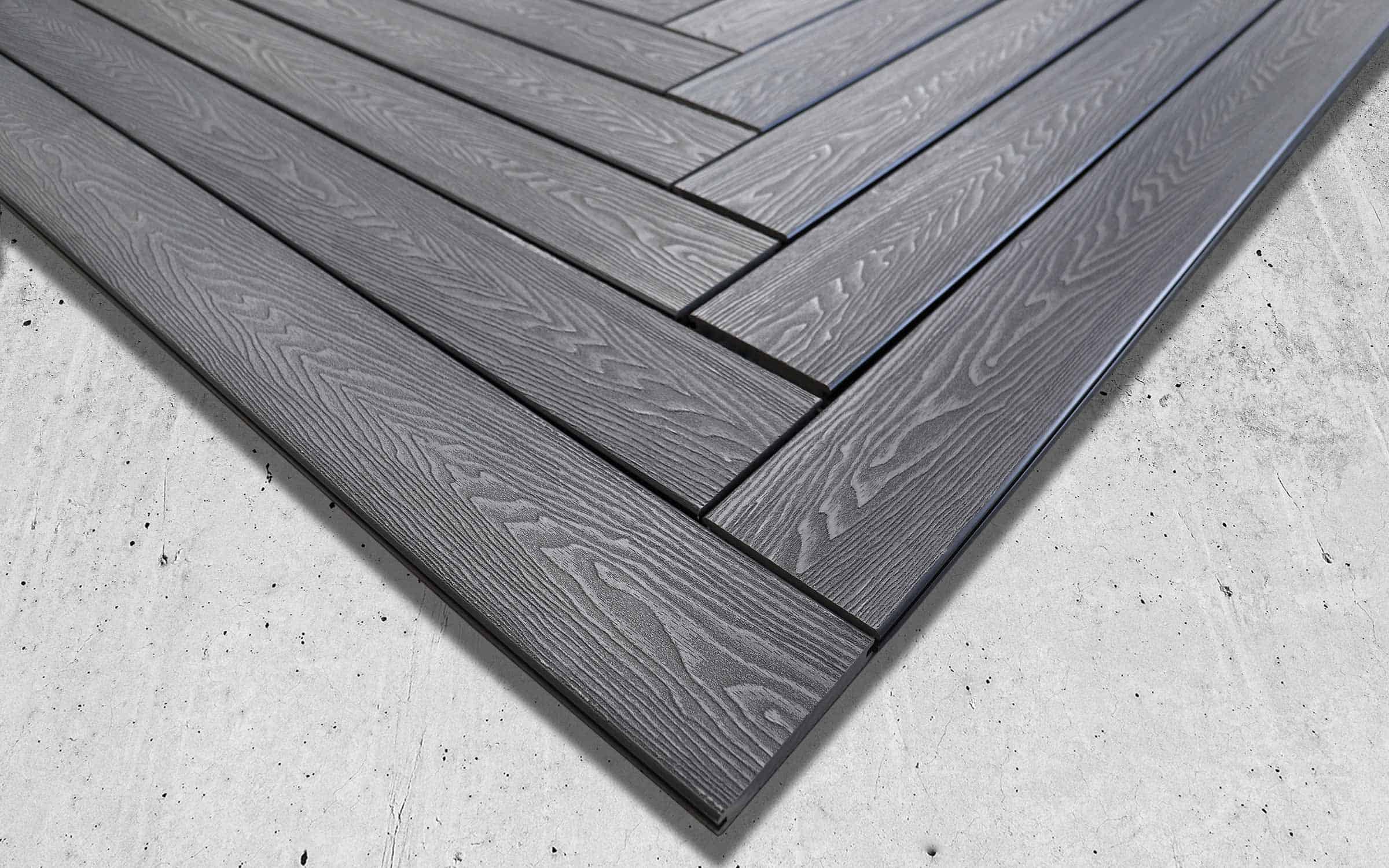
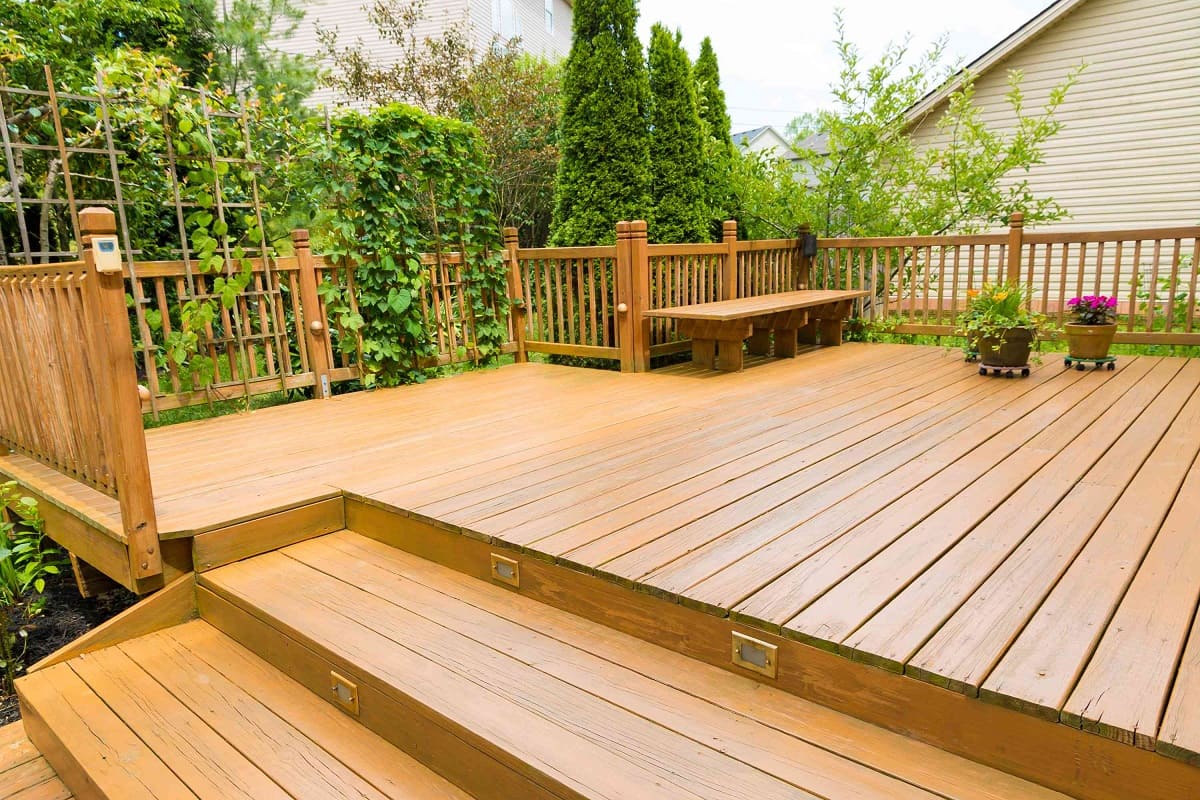



0 thoughts on “How Wide Are Decking Boards”